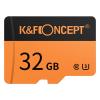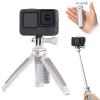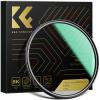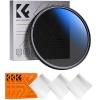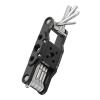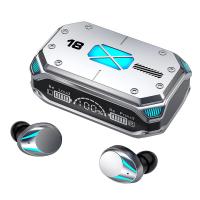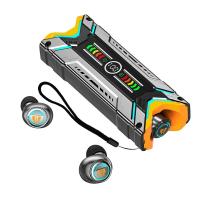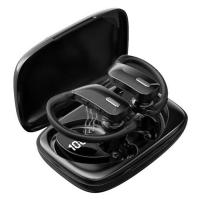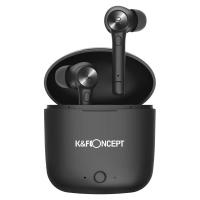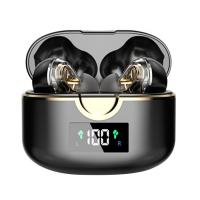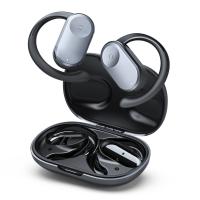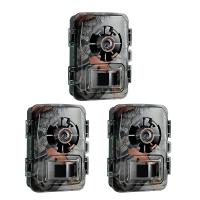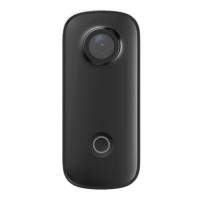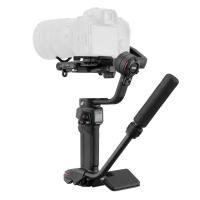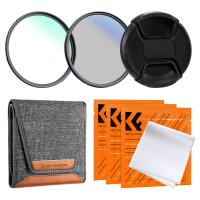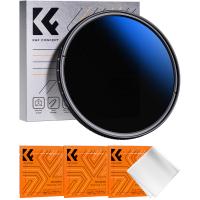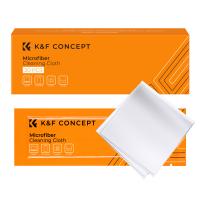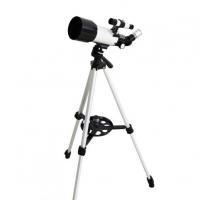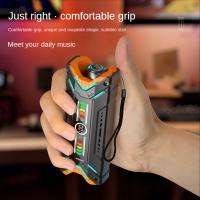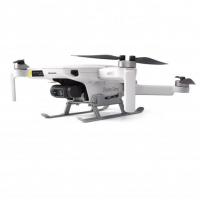How Do Earbuds Work?
Earbuds have become an essential part of our daily lives, providing a convenient way to listen to music, podcasts, and other audio content on the go. Despite their small size, earbuds are complex devices that incorporate various technologies to deliver high-quality sound. In this article, we will delve into the mechanics of how earbuds work, covering the key components, the technology behind them, and some practical tips for getting the most out of your earbuds.
The Anatomy of Earbuds
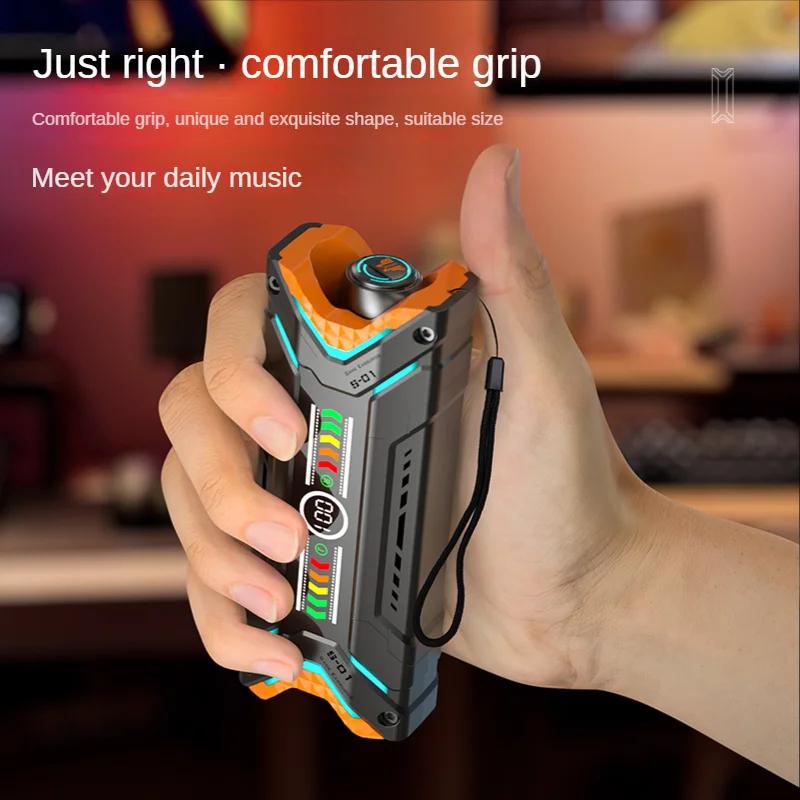
To understand how earbuds work, it's essential to know their main components:
1. Drivers: The driver is the heart of the earbud, responsible for converting electrical signals into sound. It consists of three main parts: the diaphragm, the voice coil, and the magnet. The diaphragm is a thin membrane that vibrates to produce sound waves. The voice coil is a coil of wire that moves in response to electrical signals, causing the diaphragm to vibrate. The magnet creates a magnetic field that interacts with the voice coil to produce movement.
2. Housing: The housing is the outer shell of the earbud that encases the internal components. It is designed to be lightweight and comfortable while also providing some level of noise isolation.
3. Ear Tips: These are the soft, often silicone or foam, parts that fit into your ear canal. They help to create a seal that enhances sound quality and provides comfort.
4. Cables and Connectors: For wired earbuds, the cables transmit the electrical signals from the audio source to the drivers. The connectors, usually a 3.5mm jack or USB-C, plug into your device.
5. Battery and Bluetooth Module: In wireless earbuds, a battery powers the device, and a Bluetooth module enables wireless communication with your audio source.
How Sound is Produced
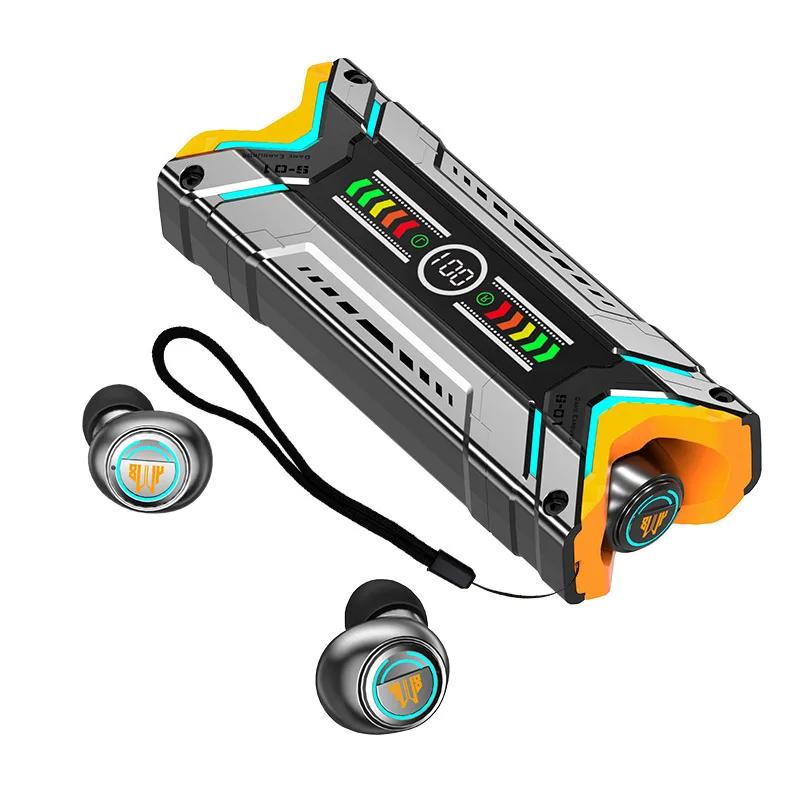
The process of sound production in earbuds involves several steps:
1. Electrical Signal: When you play audio on your device, it sends an electrical signal through the cable (or wirelessly via Bluetooth) to the earbuds.
2. Voice Coil Movement: The electrical signal passes through the voice coil, creating a magnetic field that interacts with the magnet in the driver.
3. Diaphragm Vibration: The interaction between the magnetic field and the voice coil causes the diaphragm to vibrate. These vibrations produce sound waves.
4. Sound Waves: The sound waves travel through the ear tips and into your ear canal, where they are interpreted by your brain as sound.
Types of Drivers

Different types of drivers can be found in earbuds, each with its own advantages and disadvantages:
1. Dynamic Drivers: These are the most common type of drivers found in earbuds. They use a magnet and a voice coil to move the diaphragm. Dynamic drivers are known for their ability to produce strong bass and are generally more affordable.
2. Balanced Armature Drivers: These drivers use a small armature that moves between two magnets to produce sound. They are known for their accuracy and are often used in high-end earbuds. However, they may lack the bass response of dynamic drivers.
3. Planar Magnetic Drivers: These drivers use a thin diaphragm with embedded electrical conductors, placed between two magnetic fields. They offer excellent sound quality but are usually found in larger headphones due to their size and complexity.
4. Electrostatic Drivers: These drivers use a thin, electrically charged diaphragm placed between two conductive plates. They offer exceptional sound quality but are rare and expensive.
Wireless Technology

Wireless earbuds use Bluetooth technology to communicate with your audio source. Here’s how it works:
1. Pairing: When you first connect your wireless earbuds to your device, they go through a pairing process. This involves exchanging unique identifiers and encryption keys to establish a secure connection.
2. Transmission: Once paired, the audio signal is transmitted wirelessly from your device to the earbuds using Bluetooth. The signal is compressed to reduce the amount of data being sent, which helps to conserve battery life.
3. Decoding: The Bluetooth module in the earbuds receives the compressed signal and decodes it back into an electrical signal that can be sent to the drivers.
4. Sound Production: The drivers then convert the electrical signal into sound waves, as described earlier.
Noise Cancellation
Many modern earbuds come with noise-cancellation features, which can be either passive or active:
1. Passive Noise Cancellation: This is achieved through the physical design of the earbuds, such as the ear tips creating a seal in your ear canal. It helps to block out external noise but is limited in its effectiveness.
2. Active Noise Cancellation (ANC): This technology uses microphones to pick up external sounds and then generates sound waves that are the exact opposite (anti-phase) to cancel them out. This process effectively reduces unwanted ambient noise, allowing you to enjoy your audio content without distractions.
Practical Tips for Using Earbuds
To get the most out of your earbuds, consider the following tips:
1. Choose the Right Ear Tips: The fit of the ear tips can significantly impact sound quality and comfort. Experiment with different sizes and materials to find the best fit for your ears.
2. Keep Them Clean: Earbuds can accumulate earwax and dirt over time, which can affect sound quality and hygiene. Regularly clean your earbuds with a soft, dry cloth and avoid using harsh chemicals.
3. Store Them Properly: When not in use, store your earbuds in a protective case to prevent damage and tangling of cables.
4. Update Firmware: For wireless earbuds, manufacturers often release firmware updates that can improve performance and add new features. Check for updates regularly and install them as needed.
5. Mind the Volume: Listening at high volumes for extended periods can damage your hearing. Follow the 60/60 rule: listen at no more than 60% volume for no more than 60 minutes at a time.
Earbuds are marvels of modern engineering, packing sophisticated technology into a tiny form factor. Understanding how they work can help you make informed decisions when purchasing and using them. Whether you prefer wired or wireless, dynamic or balanced armature drivers, there is a pair of earbuds out there to suit your needs. By following the practical tips provided, you can ensure that your earbuds deliver the best possible sound quality and remain in good condition for years to come.


